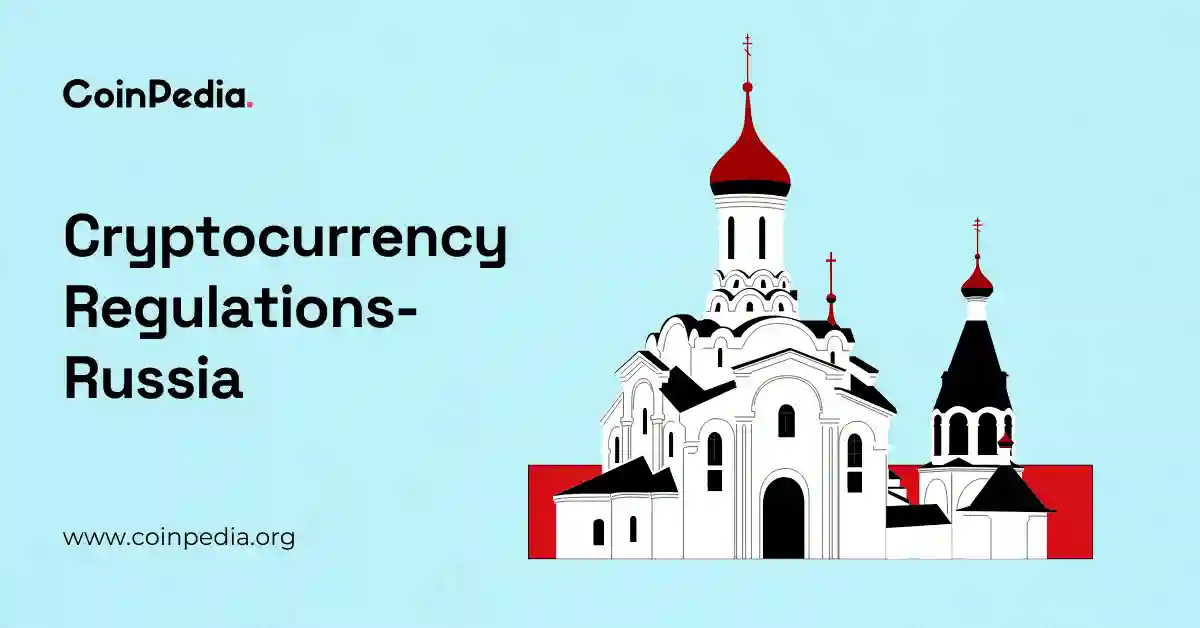
Russia emerged as a major crypto hub in Europe after President Vladimir Putin signed a law in July 2020 legalizing digital financial asset (DFA) transactions. Since then, the country has made significant progress in the digital asset space.
Now, in 2025, Russia is strengthening its position further by introducing stricter laws aimed at building a comprehensive regulatory framework. These new rules are designed to balance innovation with security, supporting the growth of a robust crypto ecosystem.
July 7, 2025 – National Registry for Cryptocurrency Mining Equipment
June 9, 2025 – Bill to Increase the Fine for Illegal Crypto
June 9, 2025 – Bill to Increase the Fine for Illegal Crypto
May 26, 2025– Ban on Tether in Russia
May 19, 2025- Draft Bill: Crypto asset as property
Mar 12, 2025- Three-year framework for crypto
March 2025– EU sanctions crypto exchange Garantex
January 2025– Strengthening crypto regulations
The cryptocurrencies in Russia are primarily overseen by the Bank of Russia, which is working on tightening the crypto rules in 2025. It modified some existing rules while introducing a few new ones to facilitate security and stability.
On May 28, the Bank of Russia introduced a new crypto law while stating–
“Financial institutions may offer qualified investors financial derivatives, securities, and digital financial assets whose yields are linked to cryptocurrency prices.”
Additionally, the Russian government also legalized crypto mining and introduced a new tax legislation for crypto miners. Initially, the bill was introduced in November 2024 and took effect in 2025. However, crypto mining remains banned in some places, such as the North Caucasus and the occupied territories of Ukraine.
The new cryptocurrency tax law came into effect from 1st January 2025, as the parliament of Russia passed a federal bill on November 27th, 2024.
| Category | Crypto Tax | Tax rate |
| Individuals | Income tax on crypto sales | 13% on 2.4 million & 15% on over 2.4 million |
| Mining (individuals) | Income tax on crypto | 13% on 2.4 million & 15% on over 2.4 million |
| Mining (corporate) | No VAT, only corporate tax applied | 25% corporate tax |
| Foreign entities | 2-stage taxation- on receipt and on crypto sale | 20%-25% corporate tax |
| Individuals and corporate | Tax exemption if unreported | Earning below 50,000 rubles |
| Mining | VAT exemption | Sale cuts cost by 18% on legal platforms |
| Reporting | FTS on Form 3-NDFL or Corporate forms | April 30 each year |
| Mining reporting | Monthly report | By the 20th online |
| Penalty | Missing deadline | 5,000 to 40,000 rubles + 20% yearly interest |
| Penalty | Hidden crypto | 60% tax or jail |
Russia has revised its existing crypto laws and introduced stricter regulations to combat crypto-related crimes. For instance, recent changes to crypto tax rules now include prison sentences for non-compliance.
These tougher penalties are aimed at deterring fraudsters and protecting users from scams. Overall, the new measures have made Russia’s regulatory framework more secure, helping to expand the crypto landscape with greater safety and accountability.
Yes, Russia legalized digital financial asset (DFA) transactions in July 2020. In 2025, it’s strengthening its framework with stricter laws to balance innovation and security.
Russia’s new central bank regulations from May 26, 2025, could ban Tether (USDT) for domestic use, targeting stablecoins linked to “hostile issuers” or those at risk of being blocked.
Binance has largely exited Russia. In September 2023, Binance announced it sold its entire Russian business to CommEX. While it initially maintained service for a “limited number of existing Russian users,” it has been scaling back and looking for a new buyer after CommEX announced its closure in March 2024. Therefore, Binance has largely ceased its operations for new users and is in the process of a full exit for existing ones.
The Bank of Russia primarily oversees crypto regulations in the country. It is responsible for tightening rules, issuing licenses (VASP), and integrating digital assets into the financial system.
CoinPedia has been delivering accurate and timely cryptocurrency and blockchain updates since 2017. All content is created by our expert panel of analysts and journalists, following strict Editorial Guidelines based on E-E-A-T (Experience, Expertise, Authoritativeness, Trustworthiness). Every article is fact-checked against reputable sources to ensure accuracy, transparency, and reliability. Our review policy guarantees unbiased evaluations when recommending exchanges, platforms, or tools. We strive to provide timely updates about everything crypto & blockchain, right from startups to industry majors.
All opinions and insights shared represent the author's own views on current market conditions. Please do your own research before making investment decisions. Neither the writer nor the publication assumes responsibility for your financial choices.
Sponsored content and affiliate links may appear on our site. Advertisements are marked clearly, and our editorial content remains entirely independent from our ad partners.
Ethereum is compressing just below a critical resistance band near $3,300–$3,350, even as the broader…
Paradigm co-founder Matt Huang shared research on X suggesting prediction market Polymarket may be double-counting…
HashKey Holdings, operator of Hong Kong’s largest crypto exchange, has filed for an IPO in…
Shiba Inu (SHIB), often called the “Dogecoin Killer,” saw one of its biggest whale activities…
Hong Kong-based crypto exchange HashKey is set to go public under the city’s updated digital-asset…
Terra Luna, a decentralized payments network, is once again in the spotlight after the token…